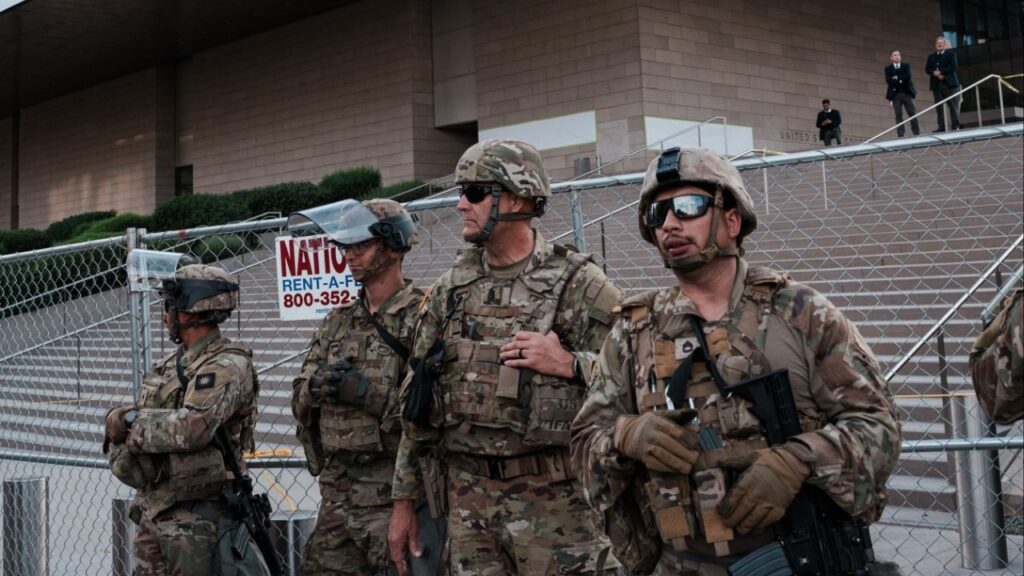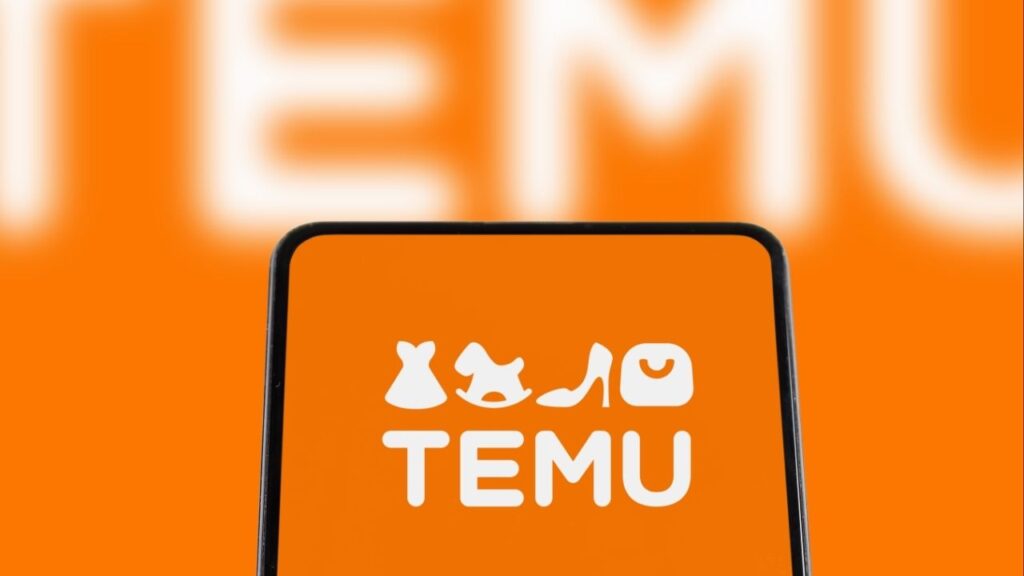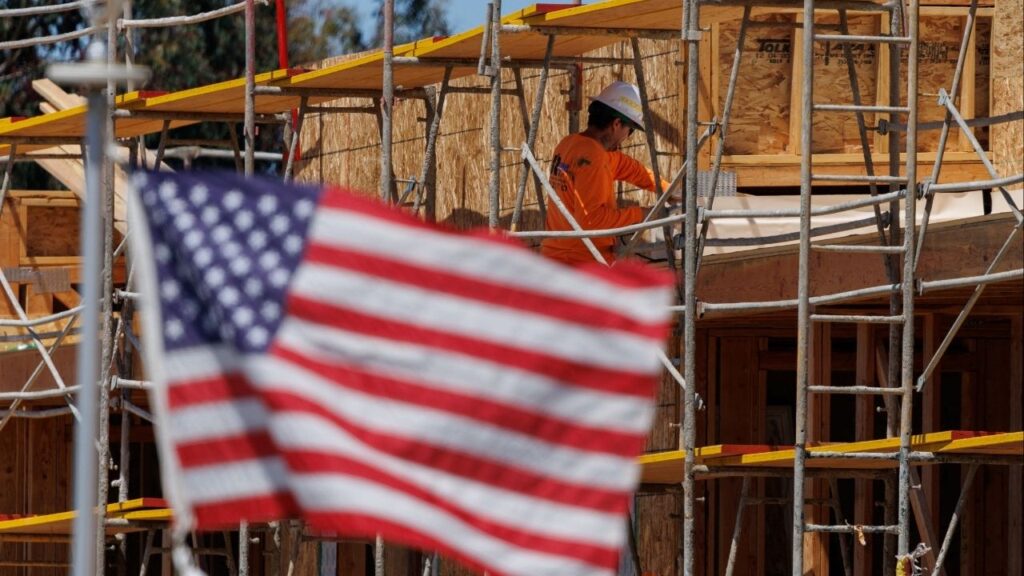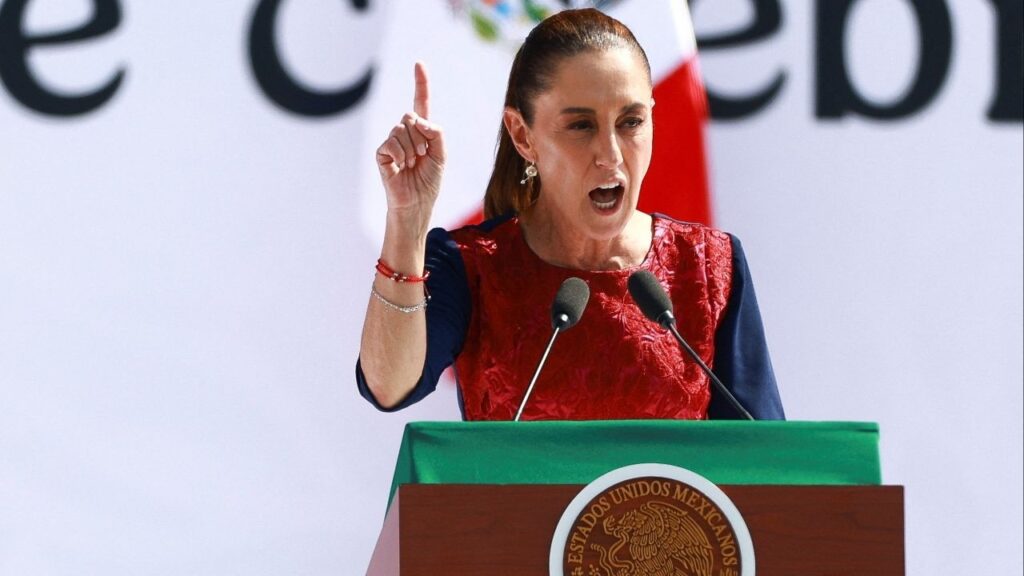Share
WASHINGTON — President Donald Trump declared Friday that he had “hereby ordered” American companies “to immediately start looking” for alternatives to operating in China, hours after Beijing announced new trade sanctions on U.S. products.
Instead, the president tweeted that he would be “responding to China’s Tariffs this afternoon.”
“This is a GREAT opportunity for the United States” he wrote.
The rising tensions between the world’s two biggest economies unnerved investors already on edge about the deteriorating world economy. The Dow Jones Industrial Average dropped 623 points Friday as companies and business groups large and small joined in a chorus of opposition.
“There doesn’t seem to be a floor under the spiraling down of the relationship, and world markets are reacting negatively to a business climate beset by uncertainty and risk,” said Douglas Barry, spokesman for the U.S.-China Business Council. “It’s unclear what the strategy is or if there is a strategy.”
China Will Also Go Ahead With Previously Postponed Import Duties
The U.S. has said it plans to impose 10% tariffs on $300 billion of Chinese goods in two steps, on Sept. 1 and Dec. 15.
China responded Friday with new tariffs of 5% and 10% on $75 billion of U.S. products in retaliation, deepening a conflict over trade and technology that threatens to tip a weakening global economy into recession.
Like Trump’s, the Chinese tariffs will be imposed in two batches — first on Sept. 1 and then on Dec. 15.
China will also go ahead with previously postponed import duties on U.S.-made autos and auto parts, the Finance Ministry announced.
On Friday, Trump tweeted, “Our great American companies are hereby ordered to immediately start looking for an alternative to China, including bringing… your companies HOME and making your products in the USA. I will be responding to China’s Tariffs this afternoon.”
The White House did not immediately respond to questions about what authority the president believes he has to order private companies to change their business practices. And it remained unclear hours after his tweets exactly what he had in mind.
The only update came in the form of another tweet in which Trump appeared to make light of the Dow’s fall, quipping that it was perhaps prompted by “the news that Representative Seth Moulton, whoever that may be, has dropped out of the 2020 Presidential Race!”
No Final Decisions Were Reached by Mid-Afternoon
David French, senior vice president of government relations at the National Retail Federation, said it was “unrealistic for American retailers to move out of the world’s second largest economy … Our presence in China allows us to reach Chinese customers and develop overseas markets.
“That (is) an outrageous and unprecedented statement for a president to make to private business when there is no national security issue involved.”
U.S. Chamber of Commerce Executive Vice President Myron Brilliant said the group shared Trump’s frustrations over China’s trade tactics, but urged the two powers back to the negotiating table.
Trump was meeting Friday with his trade advisers, according to four people with knowledge of the situation who spoke to AP on condition of anonymity because they were not authorized to disclose details of closed-door meetings. They were discussing various potential options, including the possibility of imposing a 25% tariff on all Chinese exports to America, according to one of the people.
But no final decisions were reached by mid-afternoon.
Peter Navarro, who advises Trump on trade policy, tried to downplay the impact of Chinese tariff hikes ahead of the meeting. He said they were “well anticipated” and would only strengthen Trump’s resolve.

The Two Countries Are Also Deadlocked
The announcement comes as leaders of the Group of 7 major economies prepare to meet in France this weekend.
The United States has been locked in a trade war with China for 13 months, rattling financial markets, disrupting international trade and weakening prospects for worldwide economic growth.
Washington accuses China of using predatory tactics — including outright theft of U.S. trade secrets — in an aggressive drive to turn itself into a world leader in cutting-edge technologies such as artificial intelligence and electric cars.
Twelve rounds of talks have failed to break the impasse, though more negotiations are expected next month. Chinese leaders have offered to alter details of their policies but are resisting any deal that would require them to give up their aspirations to become a technological powerhouse.
The two countries are also deadlocked over how to enforce any agreement.
China’s announced tariff hikes — and Trump’s response — is the latest sign that both countries are digging in.
“China is signaling yet again that it has no intention of backing off from the trade war, further reducing the likelihood of the U.S. and China agreeing on any sort of trade deal in the coming months,” said Cornell University economist Eswar Prasad, former head of the China division at the International Monetary Fund.
Trump Has Imposed 25% Tariffs on $250 Billion of Chinese Products
The Chinese said tariffs of 25% and 5% would be imposed on U.S.-made autos and auto parts on Dec. 15. Beijing had planned those tariff hikes last year but temporarily dropped them to keep the talks going.
BMW, Tesla, Ford and Mercedes Benz are likely to be the hardest hit by the Chinese auto tariffs. In 2018, BMW exported about 87,000 luxury SUVs to China from a plant near Spartanburg, S.C. It exports more vehicles to China than any other U.S. auto plant.
Together, Ford, BMW, Mercedes and others exported about 164,000 vehicles to China from the U.S. in 2018, according to the Center for Automotive Research, a think tank in Ann Arbor, Michigan. Most of them are luxury cars and SUVs with higher profit margins that can cover higher U.S. wages. The exports are down from about 262,000 in 2017.
Tesla, which is building a plant in China, last year got about 12% of its revenue by exporting about 14,300 electric cars and SUVs from California to China, according to Barclays. Most of Ford’s exports are from the Lincoln luxury brand, but most of the vehicles it sells in China are made in joint venture factories.
Trump already has imposed 25% tariffs on $250 billion of Chinese products. Beijing retaliated by imposing its own penalties on $110 billion of American goods. But their lopsided trade balance meant China was running out of imports for retaliation.
Categories

Judge Says Trump Must End Guard Deployment in Los Angeles


















